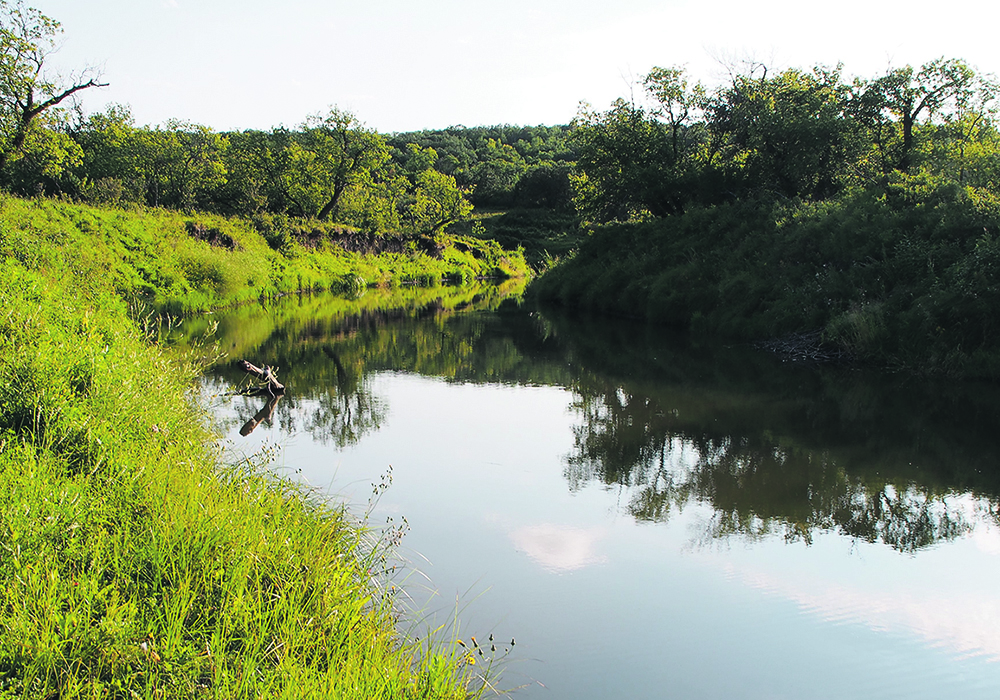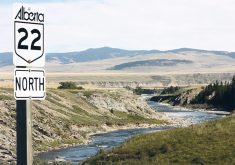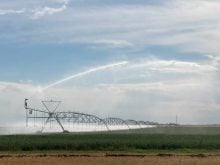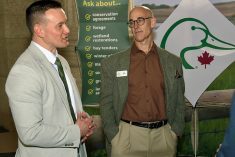Clint and Jody Blyth sold their Alberta home in 2007 to move to a place along the Pipestone Creek in Saskatchewan because they wanted more diversity in their surroundings.
“To me, I like to see that wildlife,” Clint Blyth said. “That’s part of my recreation, and my wife’s especially. We appreciate that and we like to enjoy it.”
The Blyths reached out to the Nature Conservancy of Canada in Saskatchewan and Ducks Unlimited to preserve about 3,000 acres of their land. It consists of tame and native grasslands mixed with bur oak, aspen parkland habitat. It contains many at-risk species and diverse habitats. Now, after signing conservation easements, the land will be protected forever.
Read Also

Canadian Food Inspection Agency extends chronic wasting disease control program consultation deadline
Date extended for consultation period of changes to CWD program
“The decision really kind of started with some contact with the Blyth family who expressed their interest in conserving their land,” said Cameron Wood, director of conservation with NCC in Saskatchewan.
“The valley land along Pipestone Creek is just hugely important to habitat connectivity across the landscape. It has most of the natural vegetation on the property and that’s what Nature Conservancy of Canada was most interested in, and the areas with higher densities of wetlands up on the top land were of more interest to Ducks Unlimited, so it was a combination of all three groups working collaboratively together to make conservation happen.”
In all, 1,124 acres will be NCC and DU gets 1,907.
Although there are species that are at risk in the area, such as the northern leopard frog, many other factors make the land worth preserving.
“Sometimes it’s easy to overlook what’s in your own backyard but temperate grasslands like we have here in the Canadian Prairies are actually one of the most at-risk ecosystems in the entire planet,” Wood said. “So conserving that grassland itself, because we’ve already lost so much, so conserving what’s left is really important.”
The Blyths graze livestock on the land. Clint said grazing is an important part of maintenance and benefits the environment.
“Continuing to manage it in an environmentally sustainable way including livestock grazing is important. And maintaining what’s there for a habitat is definitely the priority,” he said.
“It really is a great example of how conservation and agriculture production can work together hand-in-hand and dispel this old myth that those two things are at odds with each other and focusing in on where we overlap and align.”
Clint Blyth said he hopes their actions inspire other landholders to make similar conservation efforts.
“The federal government and those types of organizations, they’ve put money towards this. They want this to happen, and sometimes they actually have trouble getting enough uptake.
“I’d encourage other people to do it,” he said.
















